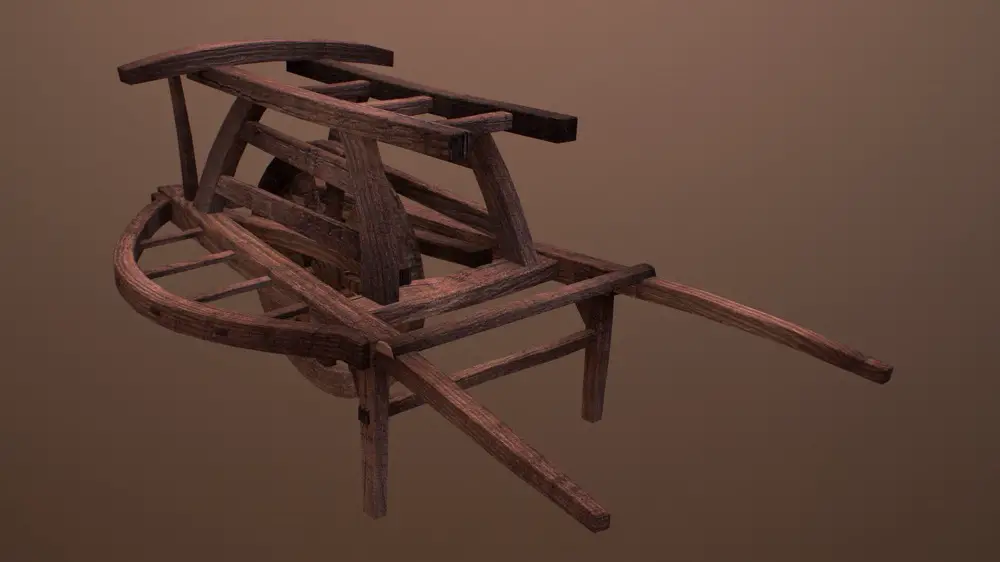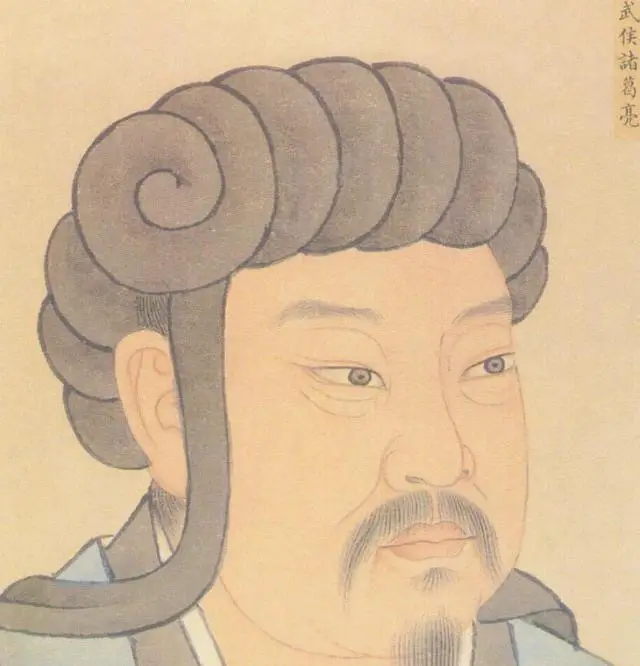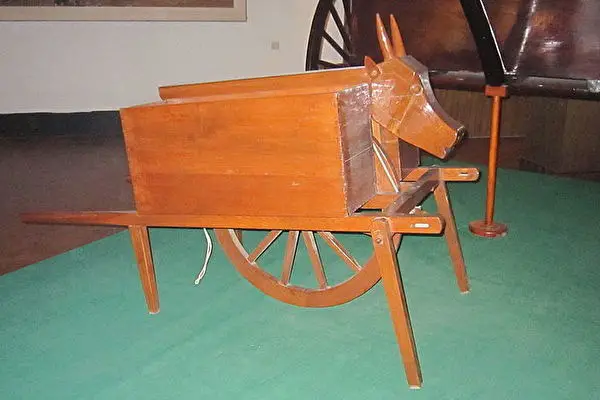A Chinese wheelbarrow is a hand-pulled cart featuring two handles to pull or push it ahead. Ancient Chinese texts differ on who was the first person to invent the Chinese Wheelbarrow. There is a text that credits the invention to Ko Yu, a mythical figure in ancient China who is thought to have been the first person to make a wheelbarrow. Ancient Chinese text states that he made a wooden goat and rode into the mountains on it. However, a majority stated that the Wheelbarrow was invented by Zhuge Liang, a general in the Han state’s army. This article expounds more on the history and uses of the Chinese Wheelbarrow. Keep reading to learn more!
What does Wheelbarrow mean in Chinese Culture?

In ancient China, a wheelbarrow was called a lu che, Du Lun Che, wooden ox, or gliding horse. The wooden ox hand front facing handles and was pulled from one place to another. This Wheelbarrow was first invented between the late 2nd and early 3rd centuries AD. On the other hand, the gliding horse had backward-facing handles and was pushed from one place to another.
Ancient china wheelbarrow history
Who invented the ancient Chinese Wheelbarrow?
Zhuge Liang invented the ancient Chinese Wheelbarrow, a wooden ox, between 197 and 234 AD. At the time, Liang was a general in the Han state army. When creating the Wheelbarrow, Liang was motivated by the need to transport more food supplies to feed the many soldiers on the battlefield during the Han state’s campaign against the state of Wei.
Liang’s wheelbarrow design was borrowed from a smaller two-wheeled cart that the ancient Chinese people used to carry vegetables and rice from their farms. Instead of the two-wheeled barrow, Liang designed and built a one-wheeled barrow that could easily traverse narrow trails.
When was the ancient Chinese Wheelbarrow invented?

According to a famous Chinese historical text (the book of the Sanguozi), the first ancient Chinese Wheelbarrow was invented by a Han state army general, Zhuge Liang, between 197 and 234 AD. Laing called his Wheelbarrow a wooden ox. The barrow had front-facing handles and was pulled from one place to another. Its single wheel was centrally positioned, reducing the effort needed to push it from one place to another. Because of its efficiency in moving food supplies from the farms and stores in the Han state to the battlefield and wounded soldiers from the battlefield, the wooden ox gave Han state an upper hand against their rivals, the Wei state.
Other than the texts that credit the invention of the Wheelbarrow to Zhuge Liang in the period between the late 2nd century and early 3rd century, there is evidence to suggest that this tool existed centuries before Liang invented the wooden ox. An example is the mural of a person pushing a gliding horse on Emperor Hui’s tomb, dating back to around 118 AD. Another incident is a stoned sculpture of a person driving a gliding horse in Shen Fujun’s tomb. The sculpture dates back to 150 AD. A pictorial narrative shows Don Yuan carrying his father on a lu che. This mural was found on Wu Liang’s tomb, dating back to 147 AD. Also, texts and archaeological evidence suggest that the Wheelbarrow existed as early as the first century BC.
For instance, the Book of Later Han, written during the 5th century AD, states that around 30 BC, Bao Xuan, who later rose to the rank of an imperial censor, was assisted in pushing a lu che (Wheelbarrow) by his wife during their wedding. Also, in another account, Zhao Xi, an official of the Han state, saved his wife’s life during the Red Eyebrows Rebellion (20 AD) by carrying her on lu che and, when asked by the rebels, said that she was ailing and needed urgent medical attention. Therefore, Liang has been widely credited as the first person to invent the ancient Chinese Wheelbarrow, even though there exists enough evidence to suggest that this tool existed centuries before he created the wooden ox.
Why was the Wheelbarrow used in ancient China?
The ancient Chinese people used the Wheelbarrow because it made work more manageable. The Wheelbarrow made it possible to quickly move vast and bulky loads from one point to another. For instance, wheelbarrows moved farm produce (vegetables and rice) from the fields to homes or stores.
Where was the Wheelbarrow used in ancient China?
In ancient China, the Wheelbarrow was used in war and as a means of transport, moving people from one point to another. After its invention, the wooden ox was used in the Han state’s campaign against the state of Wei. It was used to move food supplies from the stores to the battlefield. One wooden ox could carry enough food to feed four soldiers for up to three months. Also, the barrows were used to take wounded soldiers from the battlefield to places where they could receive treatment. On the other hand, the gliding horse was used as a people carrier and had a six-passenger capacity.
What was the ancient Chinese Wheelbarrow made out of?
The wooden ox, as the name suggests, was made of wood. This Wheelbarrow had a large, centrally placed wheel with many spikes. Attached to the wheel was a strong axle on which a wooden frame was built.
How was the Wheelbarrow used in ancient China?
The wooden ox had front-facing handles. Therefore, it was pulled from the starting point to the destination. On the other hand, the gliding horse has backward-facing handles and was consequently pushed from the starting point to the destination. Both were used to transport food supplies and people from one point to another.
What was the ancient Chinese Wheelbarrow used for

The ancient Chinese Wheelbarrow was used to carry food supplies from home to the battlefields. It was also used to transport wounded soldiers to places they could receive treatment or first aid. Specifically, the Wheelbarrow was used in the Han state’s campaign against the Wei state. It gave the former an upper hand in the battle.
How to make a Chinese wheelbarrow
The Chinese Wheelbarrow has three parts; a large wheel, an axle, and a frame, all made of wood. The first step would be to create the axle and the handles. After building the axle, create the wheel and frame. It is the axle that determines the size of the wheel and the frame. Therefore, you have to start with the axle. Attach the three parts and enjoy pulling your Chinese Wheelbarrow around. Use it to move firm tools and produce or other heavy items in your home compound from one point to another.
Conclusion
Zhuge Liang is widely mentioned as the inventor of the ancient Chinese Wheelbarrow. He constructed it between 197 and 234 AD after sighting a need to create a tool to help soldiers move food supplies from home to the battlefield and wounded soldiers to treatment areas. Surprisingly, the Wheelbarrow gave the Han state an upper hand in their campaign against the Wei state.
